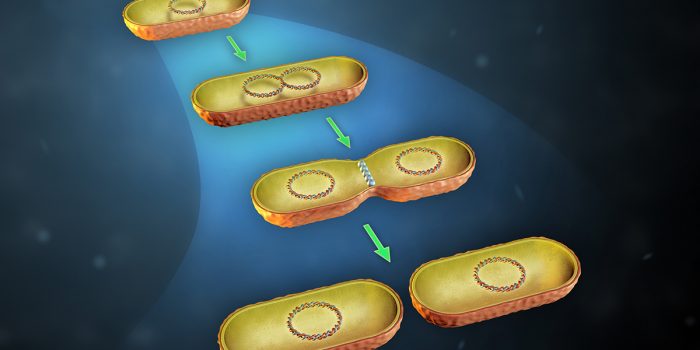Life is like a black box, thanks to some extremely complicated chemical reactions that take place in the cells of the human body. Such smallest cells are comprised of reactions that allow them to flourish. Scientists and biochemists have been working on the same for a couple of years to expose the core components. They have succeeded in designing some surprisingly basic organisms in laboratories to keep a track of the processes associated with the inner cell.
Recently, scientists from the J. Craig Venter Institute and the University of Illinois Urbana-Champaign in the US, and the Technische Universität Dresden in Germany have contributed towards the same purpose and constructed a detailed simulation of their latest minimalist microbe.
Zaida Luthey-Schulten, a chemist at the University of Illinois Urbana-Champaign says, “What’s new here is that we developed a three-dimensional, fully dynamic kinetic model of a living minimal cell that mimics what goes on in the actual cell.”
The main contribution by the researchers involves the analysis of the diverse genetic, metabolic and structural alterations that take place in a replicating culture of synthetic Bacteria. The overall process allowed the researchers to observe how their genetic manipulations affected cell growth and division. This research was led by Luthey-Schulten.
These simple bacteria do not involve the full range of detailed descriptions of everything from the genes up and nutrients down to be weaved together. In the early 2000s, researchers made another effort by removing as many genes as they could from Mycoplasma mycloids, leaving a version that stood right on the threshold of survival. This synthetic life form, known as, JCVI-syn1.0 was soon replaced by an even more basic, JCVI-syn3.0. This single-celled synthetic organic with only 473 genes was the simplest living cell ever known. However, this bacteria-like organism behaved strangely when growing and dividing, producing cells with different shapes and structures.

Scientists have identified seven genes that can be added to the cells, causing them to neatly divide into uniform orbs. Identifying such genes is an important step towards building synthetic cells that can do useful things. So, a few genes were popped back in giving rise to the extended version of the minimal cell, called JCVI-syn3A. The simulations have revealed some of the intuitions including the fact that most of the minimalist cell’s energy went towards dragging in necessary materials across the membranes.
Other detailed descriptions including the relationships between the rate of production of lipids and proteins in the membrane and the timelines of genetic and metabolic reactions were also revealed through it. JCVI-syn3A is one example of how to minimalize the functions of biology. As there is a well-built model for simulating JCVI-syn3A’s growth, researchers utilize the resources efficiently to determine how different genes add to its function.


